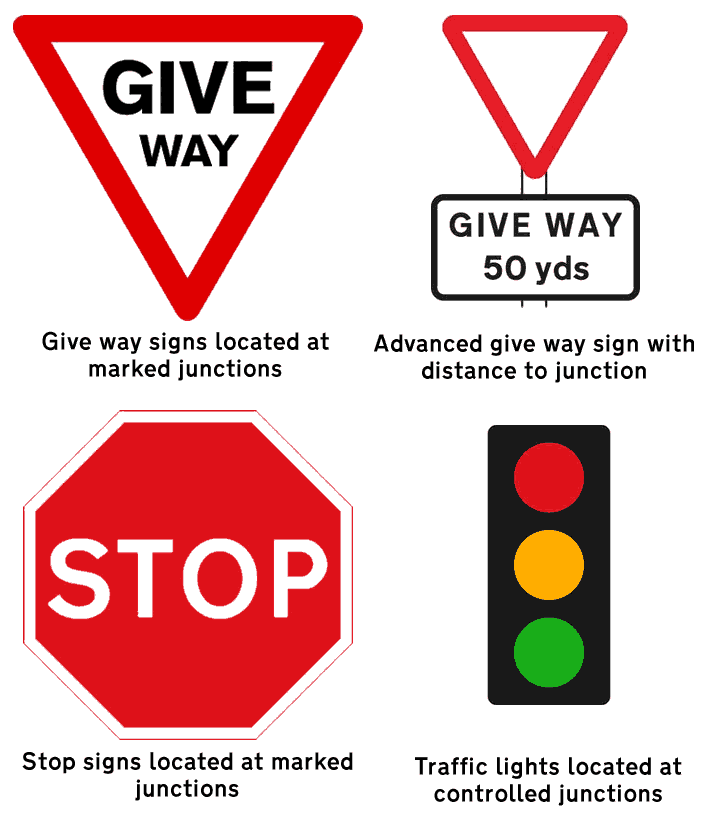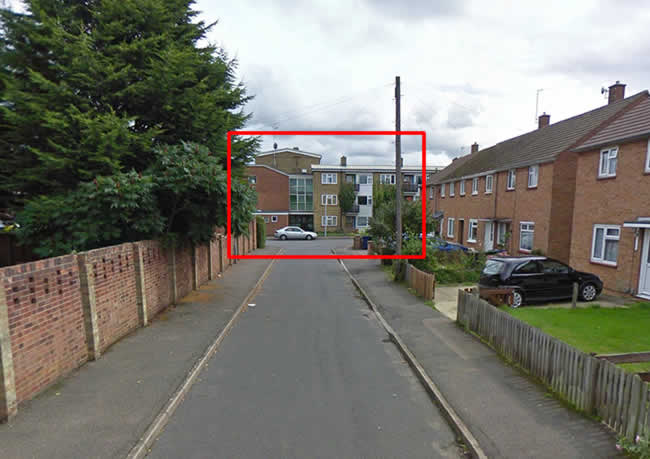As you’re learning to drive, it’s not only important to be aware of your immediate surroundings, but also to observe the mid and far distance, so that you can identify and prepare for T-junctions. The most common reason for driving test fails each and every year is around junctions. One of the reasons is due to the test candidate arriving at the T-junction unprepared.
Marked and Controlled T-Junctions
Some T-junctions are easy to identify. For marked junctions, look out for give way signs that are located close to the T-junction to warn of the impending hazard. Certain marked junctions that are more hazardous may have an advanced warning give way sign. This consists of a plane white triangle with a red border and a sign underneath, denoting ‘Give Way’ along with the distance to the junction. However, not all marked T-junctions have a give way sign.

A stop junction is another form of marked junction. It’s mandatory to stop at a T-junction with a stop sign. Every stop junction has a stop sign along with a solid white stop line. Stop junctions are easy to identify due to the stop sign being red in colour and unique in that it’s the only traffic sign that’s octagonal in shape. You’ll often see the stop sign from a distance as you approach, making the junction easy to identify and prepare.
Controlled junctions make use of traffic lights to control the flow of traffic. You’ll see the traffic lights from a distance, but may not be able to identify whether it’s a T-junction, crossroads or pedestrian crossing until you get closer.
Unmarked T-junctions
Unmarked T-junctions can be more challenging to identify due there being no signs or road markings. Unmarked T-junctions can be found in areas of low traffic such as quiet residential streets and country lanes. Being aware of your surroundings helps to realise that you may have unmarked junctions in the vicinity. To help identify unmarked junctions or marked junctions that do not have give way signs is by looked at what’s ahead.

When driving, if there are no road signs, an indication that a junction might be ahead is when houses, trees or hedges lay directly across the path of your road. You may also see parked cars, or moving vehicles crossing your path ahead of you.